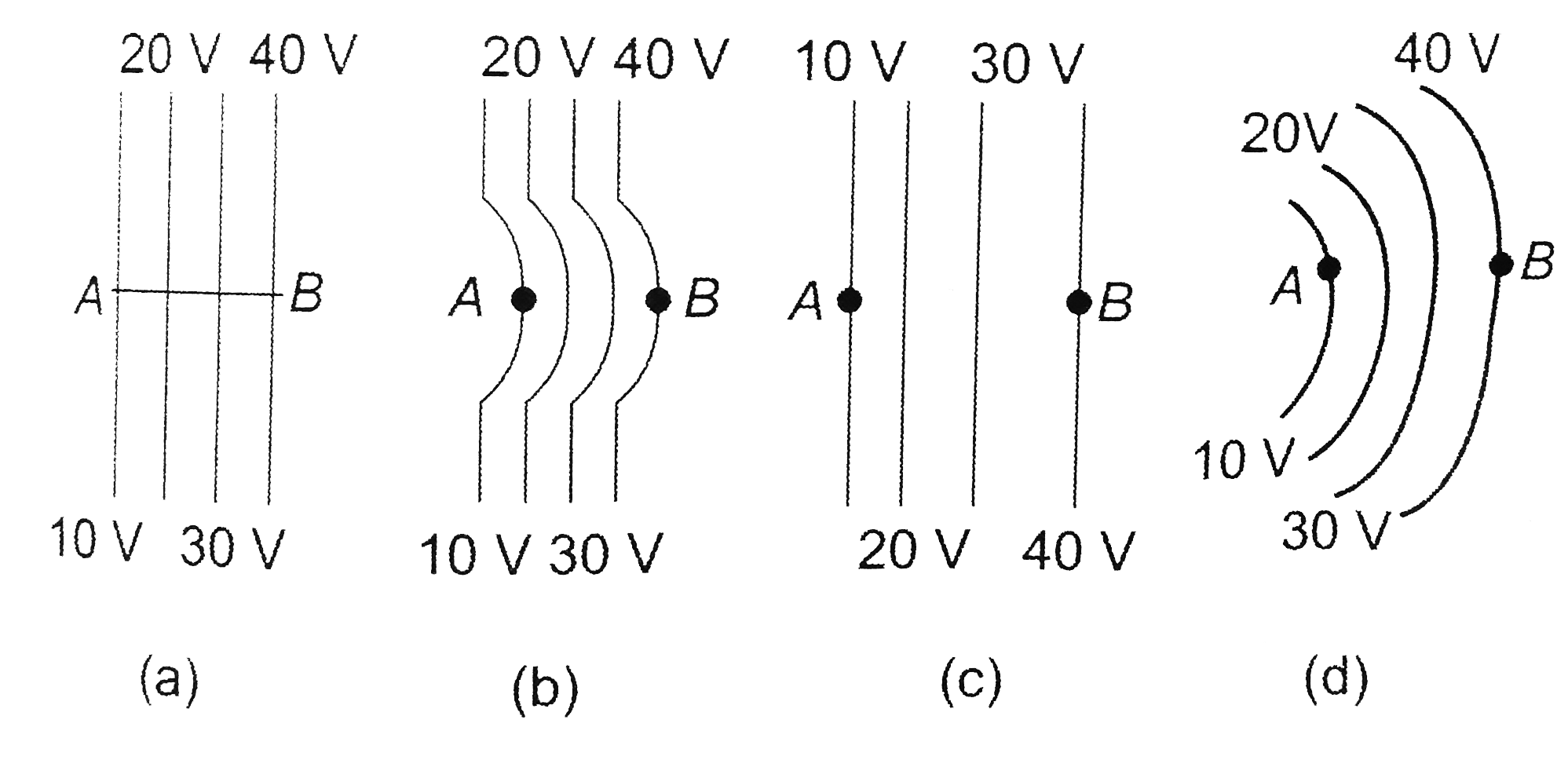The diagram below show region of equipotentials.
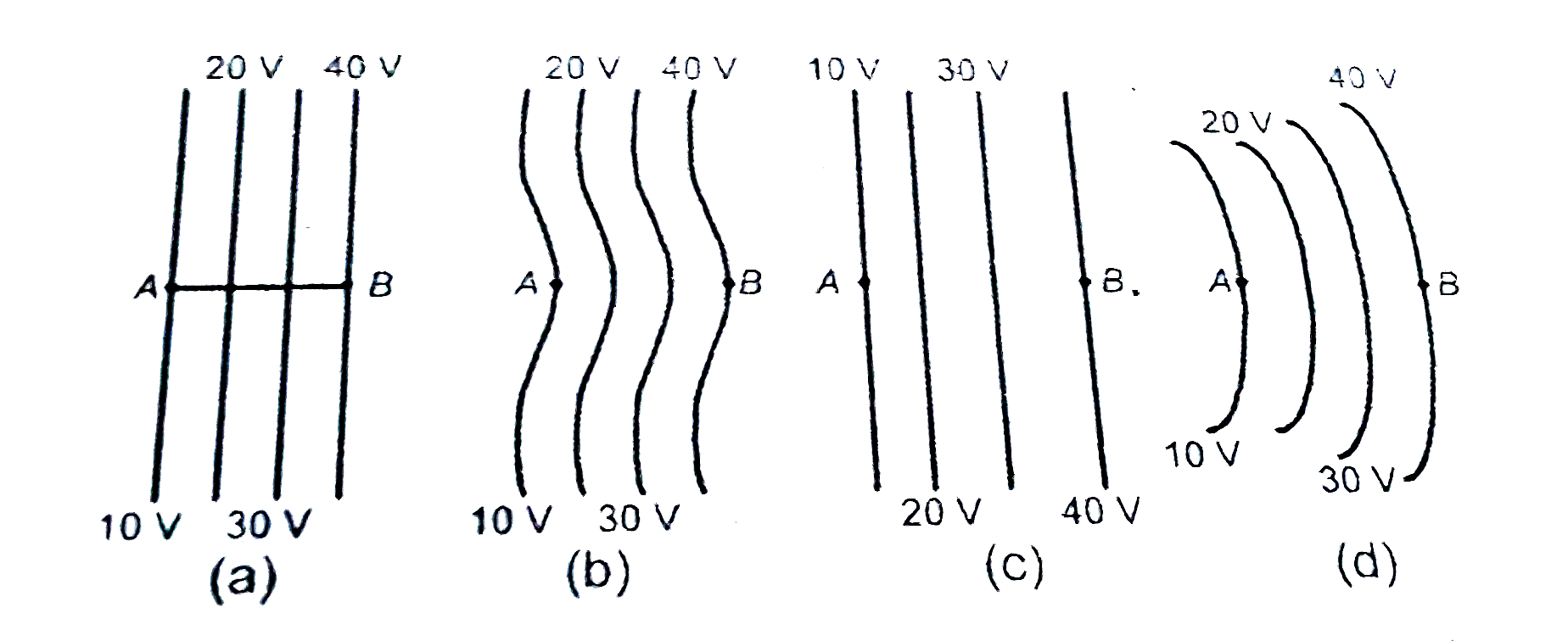
A positive charge is moved from A to B in each diagram .
1. Maximum work is required to move q in figure (c).
2. In all the four cases the work done is the same .
3. Minimum work is required to move q in figure (a) .
4. Maximum work is required to move q in figure (b) .
The correct Answer is:B
Work done w=qΔV
m ΔV is same in all the cases to work is done will be same in all the cases .
Similar Questions
Knowledge Check
In the diagram shown below:
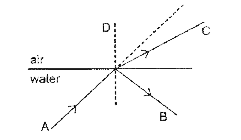 AB is incident ray and C is refracted ray.BA is incident ray and B is refracted ray.CC is incident ray and Bis refracted ray.DA is incident ray and C is refracted ray.
AB is incident ray and C is refracted ray.BA is incident ray and B is refracted ray.CC is incident ray and Bis refracted ray.DA is incident ray and C is refracted ray.
The diagram given below represents
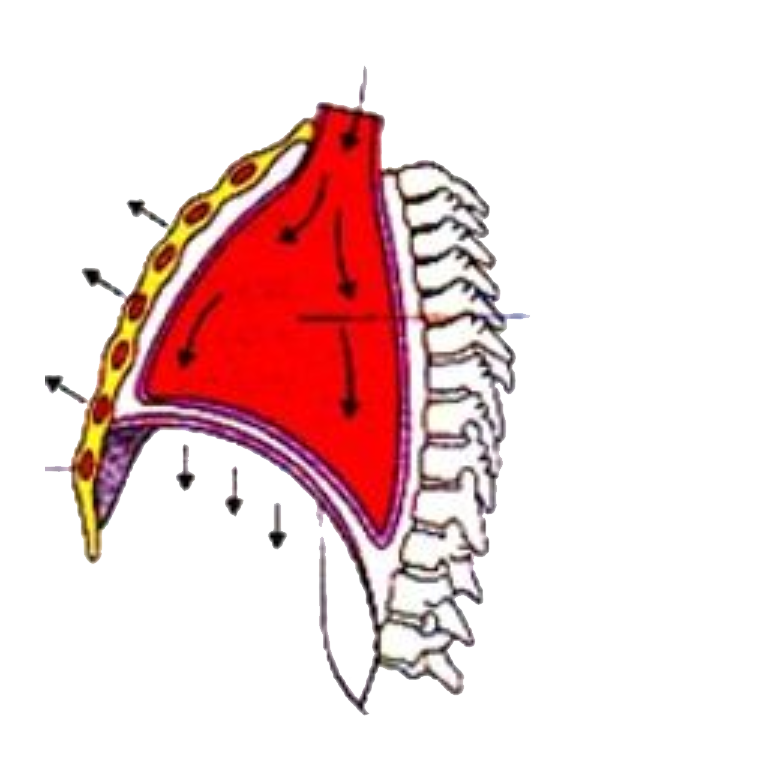
View SolutionThere are infinite equipotential lines all parallel to BC in a right angled triangular region ABC as shown in the figure. All the points on a line have the same potential proportional to the length of the line.
A positive charge is moved from A to B and C separately to do work. WA→B & WA→C, respectively, then
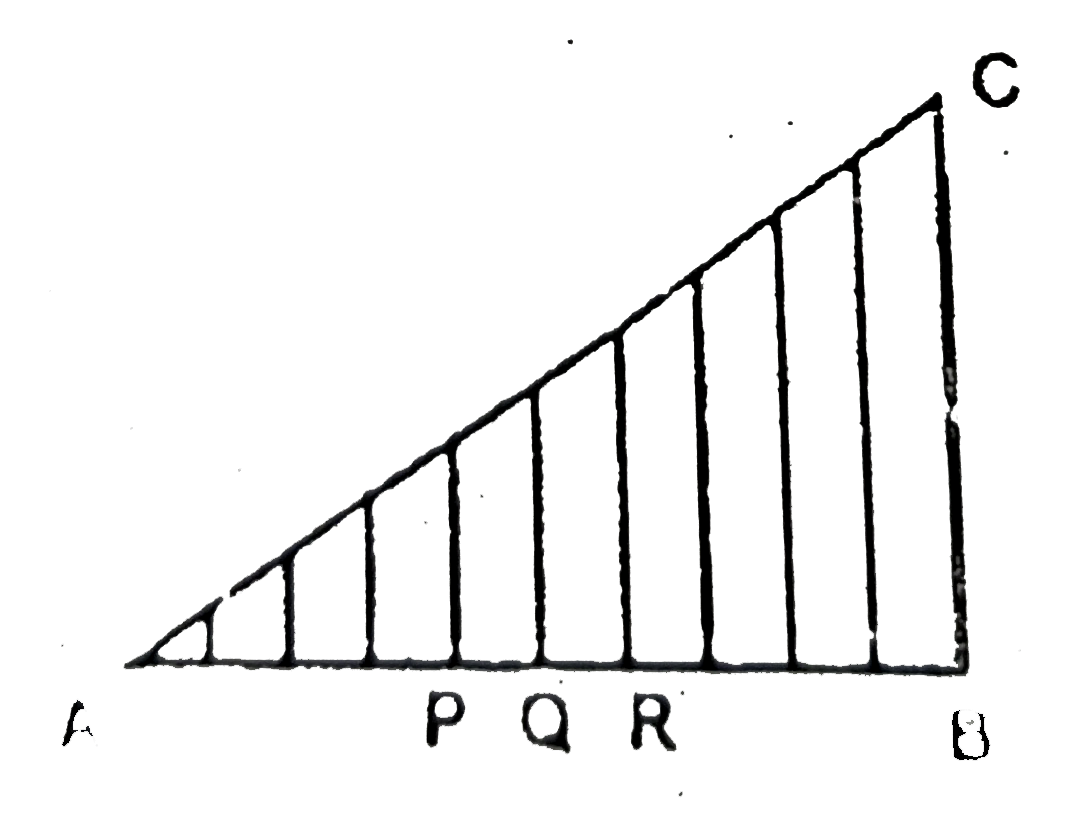
View SolutionThere are infinite equipotential lines all parallel to BC in a right angled triangular region ABC as shown in the figure. All the points on a line have the same potential proportional to the length of the line.
A positive charge is moved from A to B and C separately to do work. WA→B & WA→C, respectively, then

View SolutionFigure shows some equipotential lines distributed in space. A charged object is moved from point A to point B.
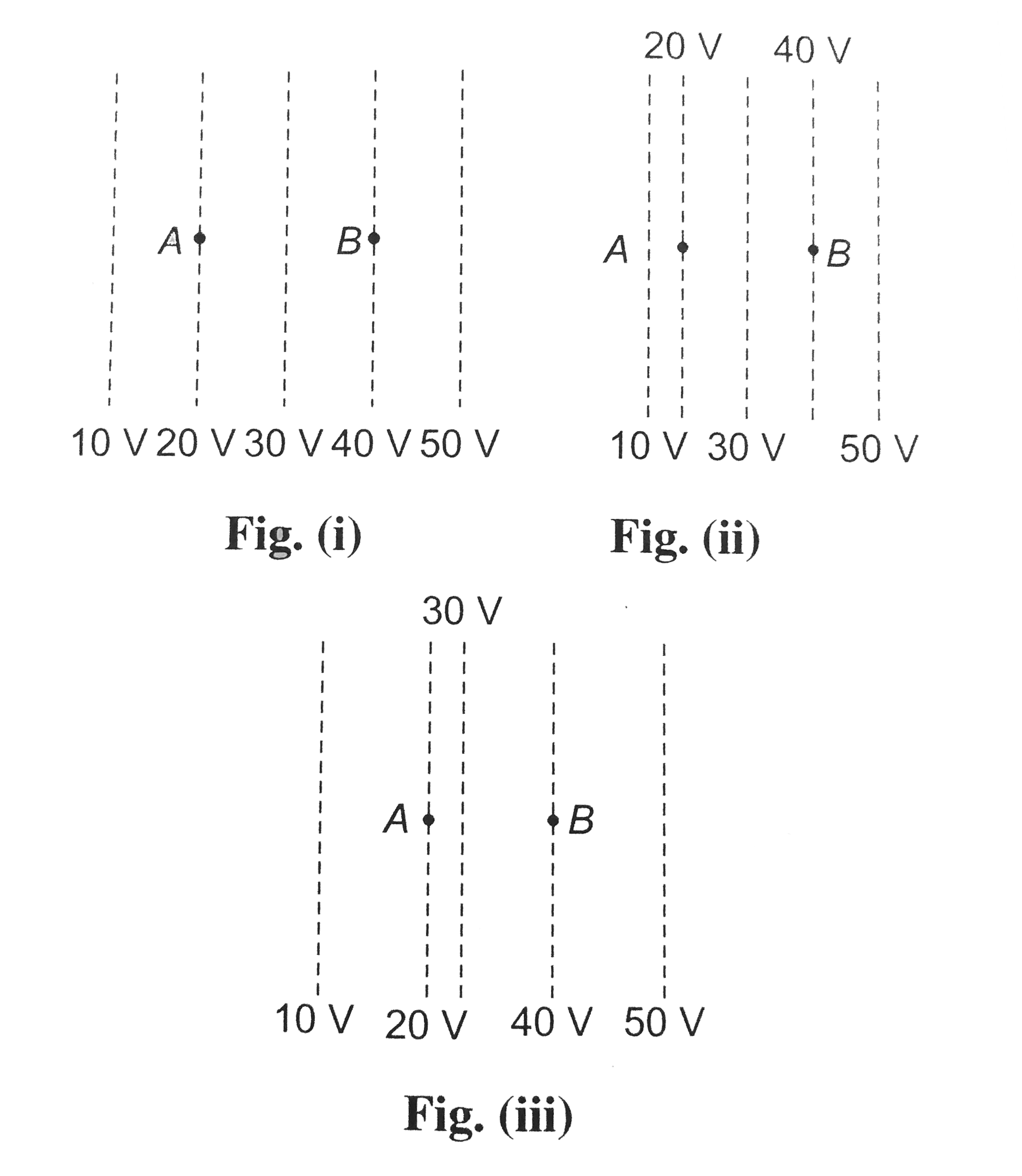
View SolutionFigure shows some equipotential lines distributed in space. A charged object is moved from point A to point 5.

View SolutionFigure shows some equipotential lines distributed in space. A charged object is moved from point A to point 5.

View Solution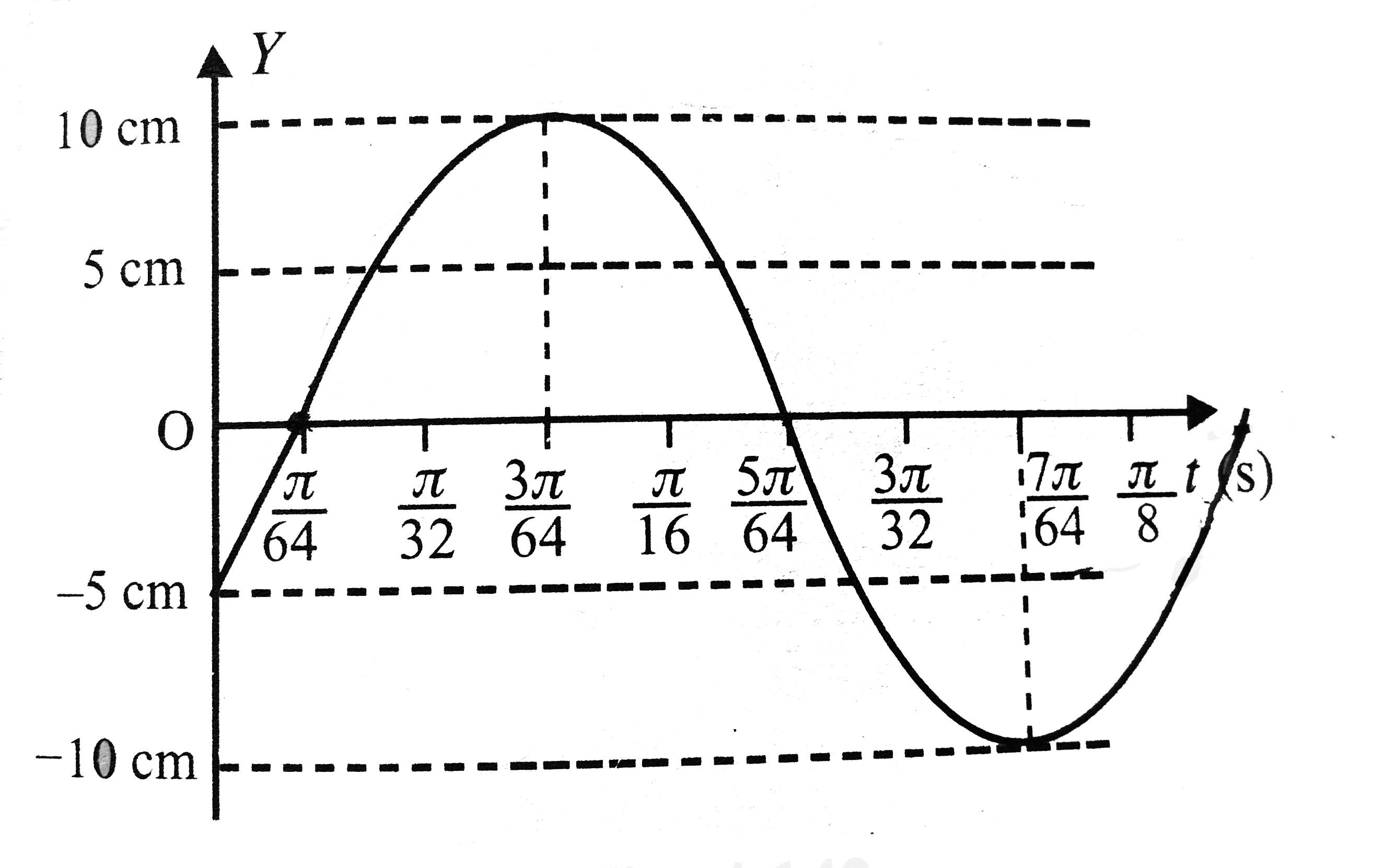
The diagram below shows a sinusoidal curve. The equation of the curve will be
View Solution
